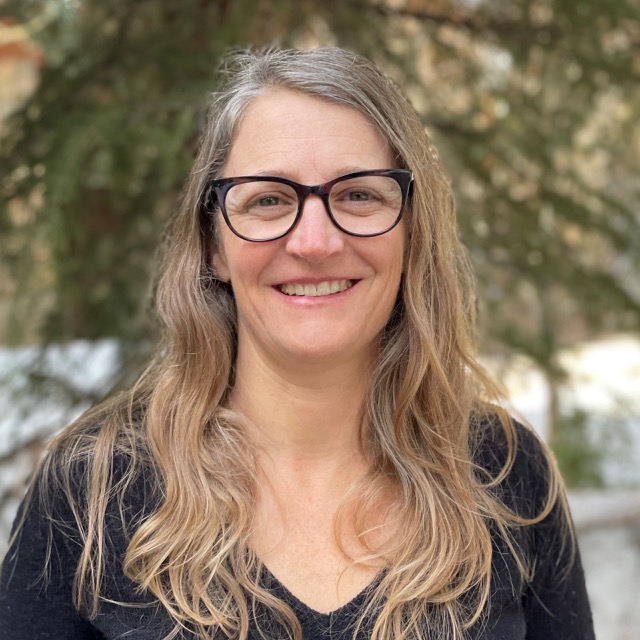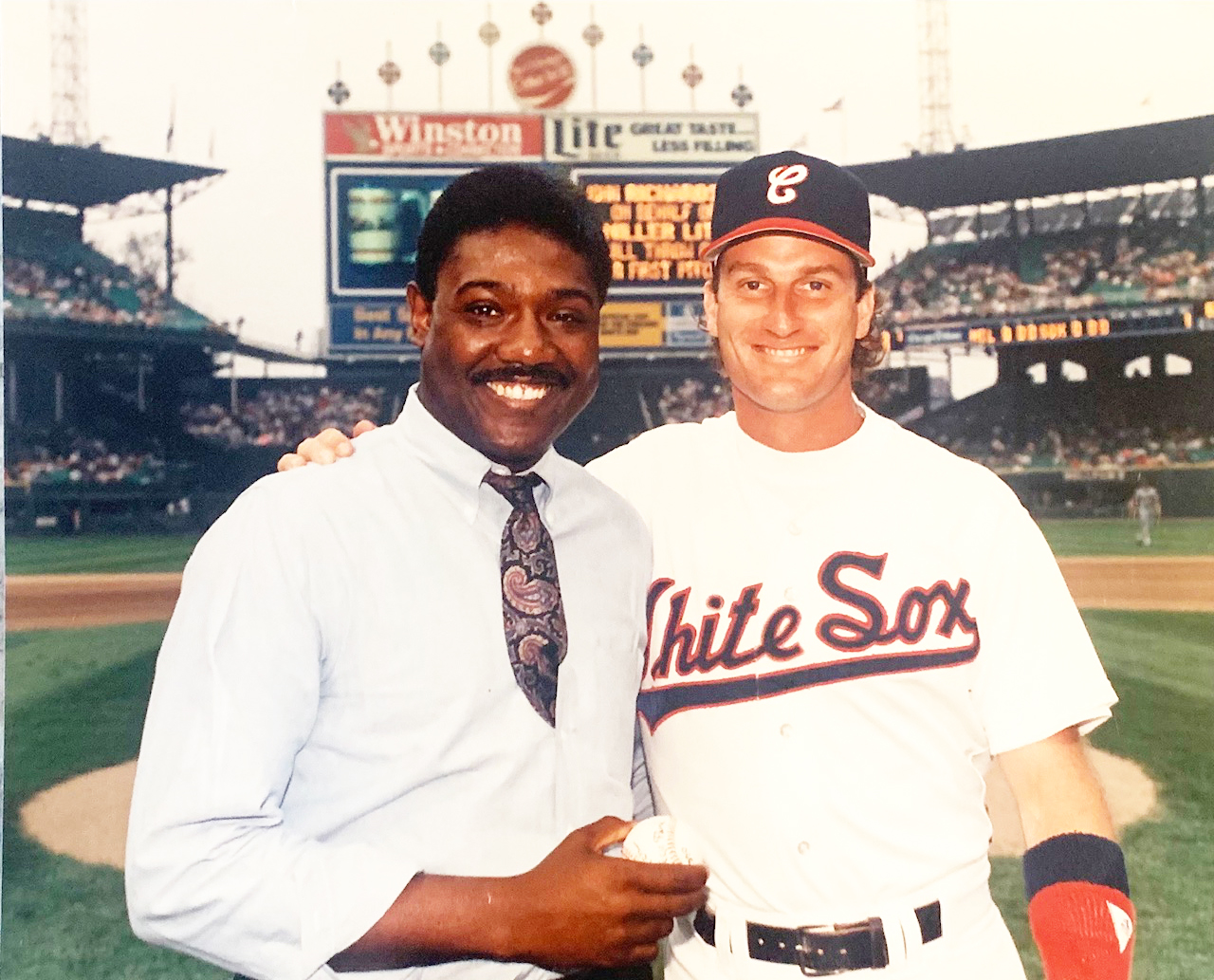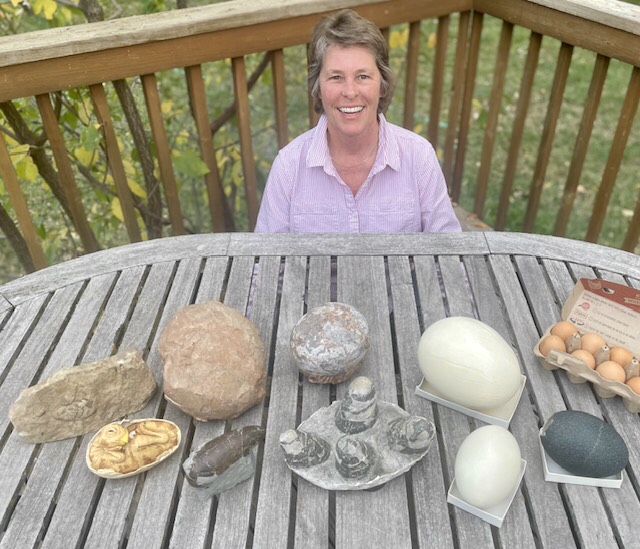Native American Culture and CRMS
The history of Native American culture of the Southwest has been incorporated into the CRMS learning experience since its founding days. In the early years of the school, John and Anne Holden packed students into the famous green truck to visit Native American reservations in New Mexico for Spring Trip. In later years, Navajo guides took students on ponies to visit remote canyons and cliff dwellings where potsherds littered the ground. Students have stayed with families on reservations and helped elders who sometimes didn’t speak English with tasks such as herding sheep. More recently, CRMS seniors have visited reservations on class trips and learned about traditional skills such as weaving and hunting. These experiences were so powerful for alumni that in the 1990s they stepped forward to support the creation of two scholarships for Native American students. The school continues to cultivate this connection today and has a special decades-old relationship with one family in particular.
Navajo educator and artist Mae Peshlakai and her husband James first visited the Roaring Fork Valley in the early 1970s as one of original Carbondale Mountain Fair vendors. James was an accomplished silver and goldsmith while Mae, the daughter of a Navajo medicine man and medicine woman, was a talented weaver who learned traditional Navajo silversmith techniques from her husband. Together, they brought Navajo jewelry and weavings to the valley to sell, and they returned to the fair year after year.
“I connected with the school and area because I made good friends here in the valley,” says Mae, who was on campus recently to teach the silversmithing Interim class. “They pushed me. When you’re born into a culture and way of life, you just think that is the way life is. But when someone observes that and says, ‘why do you do this’, it makes you wonder and helps you grow. My friends here have taught me a lot about myself and my way of life.”
The teaching has not been one-sided. In the 1980s, Mae was invited to teach at the Down Valley Visual Arts Program, a summer arts initiative for adults at CRMS. Both Mae and James, a talented Diné storyteller, musician, and educator, gave lectures at CRMS on the Navajo Way, sharing their people’s culture and beliefs with students and the broader community. In the ensuing decades, James blessed CRMS buildings on campus, including the Barn at its 60th-anniversary celebration. “The Navajo is a blessed way of life, being on the path of the beautiful way of life on the Pollen Trail,” explains Mae about the ceremony. “We emerged from pollen like all living things, plants, insects, even earth. We bless with corn pollen to be in balance with all things.”
Over the years, the Peshlakai relationship with CRMS has extended to multiple generations. Daughter Jamescita, now an Arizona state senator of the largest district in the nation, graduated from CRMS in 1986. Jamescita’s daughter, Shelby Nez, who graduated in 2012, went on to study linguistics and is one of the youngest Navajo weavers in a Navajo weaver’s guild. Today another Peshlakai descendant attends CRMS.
“I’ve been coming here since I was a child so I felt that I should be here,” says Jamie Butler ‘19. “Plus everyone here has known me since I was a tiny child. I’ve learned more about how to take care of myself at CRMS than I would have at a reservation high school.”
Like her grandmother, mother and sister, Jamie is accomplished in the arts and political activism. In addition to her skills in ceramics and music, she is one of 20 students nationwide suing the federal government for not addressing climate change and its impact on youth. The case has made it further than any other similar environmental lawsuit and has reached the 9th Circuit Court of Appeals.
Ida Cachucha ’21 is another Native American student attending CRMS. She comes from the Jicarilla Apache Nation in northern New Mexico. She first learned about CRMS from her pediatrician, Dr. Yolandra Gomez Toya a CRMS alumna, class of 1984, who noticed Ida’s drive and interest in education.
“The reservation is a whole other world,” says Ida. “I would not have fit in at the public high school. I wanted to do more. It’s an important opportunity to be here that I will not take for granted.”
Mae is equally grateful for the opportunities CRMS has provided for herself and her family. “I’d like to thank the Holdens for all children when they thought up this school. No matter where children come from, no matter what nationality, they’ve done wonders for them here, and I’ve said that many times over the years.”
Although James passed away last year, Mae continues to visit CRMS as a guest silversmith artist and teacher during Interim. “My mission for returning to CRMS to teach the students year after year is to share with them the beauty way of the Navajo. Arts can connect people in all walks of life.”
CRMS’s silversmith teacher Lynn Pulford appreciates Mae’s expert skill and eye for design as well as her bond with students. Her style of teaching involves demonstrating techniques for students and then expecting them to learn by asking questions and asking for help on their own projects. She’s also great at forming relationships with her students.
Mae helped Linnea Sherman ‘20 rekindle her love for silversmithing. “It was inspiring to see her bring her culture into her jewelry. It made me think about how do I bring what I’ve grown up with and put it into my work the way she did?”
Linnea also cites the importance of learning about Mae’s background and how it influences her art. “She’s been doing this for 60-plus years. Her life is dedicated to it. It’s important for students to see that and see the way it is an actual lifestyle.”
Student Selene Li ‘20, who hails from Hong Kong, appreciated learning about the Native American elements that appear in Mae’s pieces, such as turquoise, Kokopelli, leaves, feathers, and stamps, but she will most remember sitting down with Mae one day and talking about their cultural backgrounds. “She related Native American culture and history to my own. It’s super-important to experience other cultures and have someone share their culture. There can be understanding in a physical way, too, like through making jewelry. It’s an important thing to experience.”
According to Pulford, Mae firmly believes that students shouldn’t strive for perfection in their art. “Mae says that the marks and scratches are all ways that life gets into the work. The work may not be perfect, but that’s how you know it’s hand-made by someone who cares about what they’re doing.”
In the end, lessons such as these and the opportunity to learn first-hand about other cultures is more priceless to a CRMS education than the gems students work into their silver pieces. The feeling is mutual.
“CRMS respects other beliefs and cultures,” Mae says. “They do many things outside of school that opens the minds of children. Students begin to wonder where they come from and where they’re going, and I find that useful. I believe that CRMS has done that for the Navajo students who come to the school as well.”
 MYCRMS
MYCRMS
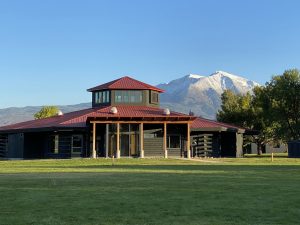
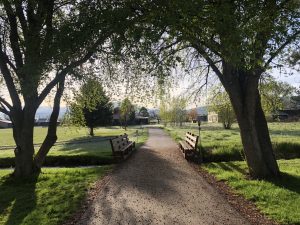
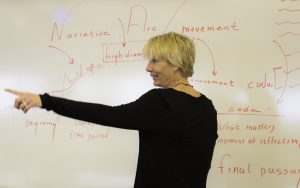
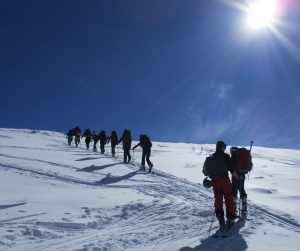
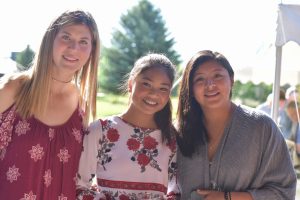
 Virtual Tour
Virtual Tour